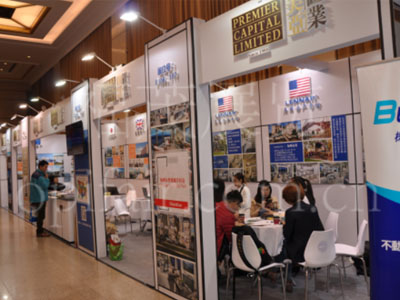Most Asia-Pacific countries possess long coastlines, dense waterways, and abundant sunshine. These natural conditions act as natural “energy treasure troves,” providing unique advantages for developing renewable energy. For companies looking to invest in overseas new energy industries, these regions represent untapped “green energy fertile ground,” aligning with global environmental trends and offering long-term, stable economic returns, making investment highly feasible.
First, consider the advantages of long coastlines. Coastal areas experience strong and stable winds, making them particularly suitable for building wind power plants. Sea breezes propel the massive windmill blades, converting wind energy into electricity, which is then transmitted to homes. Furthermore, offshore wind power does not occupy arable land, minimizing its impact on local residents’ lives and being more “discreet” than onshore wind power. Many Asia-Pacific countries have coastlines stretching for hundreds or even thousands of kilometers, allowing for the construction of sizable wind farms in any windy location. This “living off the sea” energy development method is both environmentally friendly and efficient, far cleaner than coal or oil-fired power generation.
Second, consider the convenience of dense waterways. In areas crisscrossed by rivers, lakes, and canals, abundant water resources make them particularly suitable for small hydropower development. Water flows from high to low, driving turbines to generate electricity continuously. This method is technologically mature, low-cost, and the water is “dynamic”—generating more power during the rainy season and less during the dry season, offering great flexibility. Many countries in the Asia-Pacific region are located in the tropics and subtropics, with long rainy seasons and abundant rainfall. The water in their rivers is highly mobile, and building a small hydropower station can convert water energy into a stable source of electricity, meeting the needs of surrounding residents and industries. This “water-dependent” energy development solves the problem of power shortages and reduces dependence on traditional energy sources.
Abundant sunshine is another “natural advantage” for solar power generation. Many Asia-Pacific countries are close to the equator, with strong and long hours of sunshine year-round. Simply laying solar panels on rooftops, wastelands, or deserts can capture sunlight and convert it into electricity. Solar power generation is clean and quiet, producing no coal or smoke, with minimal environmental impact, making it particularly suitable for promotion in rural and remote areas. Moreover, solar panels are flexible to install; a few on a rooftop can power a household, while a large area on barren land can supply electricity to an industrial zone—they can be used in many ways. This “weather-dependent” energy development is both worry-free and labor-saving, and it also provides local residents with affordable electricity, achieving multiple benefits.
Besides favorable natural conditions, the policy environment for developing renewable energy in the Asia-Pacific region is also improving. Many countries have introduced policies to encourage the development of new energy sources to reduce carbon emissions and address climate change, such as subsidies, tax breaks, and preferential loans, allowing companies investing in new energy to operate with less burden. Furthermore, with technological advancements, the cost of wind and solar power is decreasing, power generation efficiency is increasing, and the investment payback period is shortening, making it increasingly economically viable.
More importantly, global demand for clean energy is growing rapidly. Both developed and developing countries are striving to reduce their dependence on fossil fuels and shift to renewable energy. As the “engine” of global economic growth, the Asia-Pacific region is experiencing rapid energy demand growth, and the clean energy market has enormous potential. Investing in the new energy industry in Asia-Pacific countries can meet the growing local energy demand and seize the first-mover advantage in the global clean energy market, making it a “sure-fire” investment in the long run.
Of course, investing in new energy is not a guaranteed way to make money. Factors such as the adequacy of local infrastructure, the availability of a sufficient labor force, and the stability of policies need to be considered. However, in general, Asia-Pacific countries, with their unique natural conditions, increasingly favorable policy environment, and ever-growing demand for clean energy, have become a “golden land” for investing in the new energy industry. Note that investment involves risks, and careful selection is essential!







